Introduction
We’ve all been there: you hit “Print,” your printer connected but not printing, and nothing comes out. Maybe you’re staring at a blinking light, a spinning print icon, or just a stubborn silence from your machine. It’s frustrating, especially when you need that document now. The good news? This is one of the most common printer problems, and it’s usually easy to fix with a few checks and tweaks. In this guide, we’ll walk you step by step through why your printer is connected but not printing, how to troubleshoot the issue, and how to prevent it from happening again. Whether you have an inkjet, laser, or wireless printer, these solutions will help you get back to printing—fast.
1. Check the Basics First
Before diving into technical fixes, start with the essentials. Sometimes, the simplest things are the culprit.
- Is there paper loaded?
Open the tray and check for paper jams or empty trays. Even a slightly misaligned stack can stop printing. - Are ink or toner levels okay?
Low or empty cartridges can cause your printer to print blank pages or nothing at all. Check your printer’s display or software for ink/toner status. - Is your printer really connected?
For USB printers, ensure the cable is securely plugged into both the printer and your computer[2][8]. For WiFi printers, check that the printer is on the right network and the signal is strong[2][7]. Many printers have a wireless icon or menu option to confirm connection status.
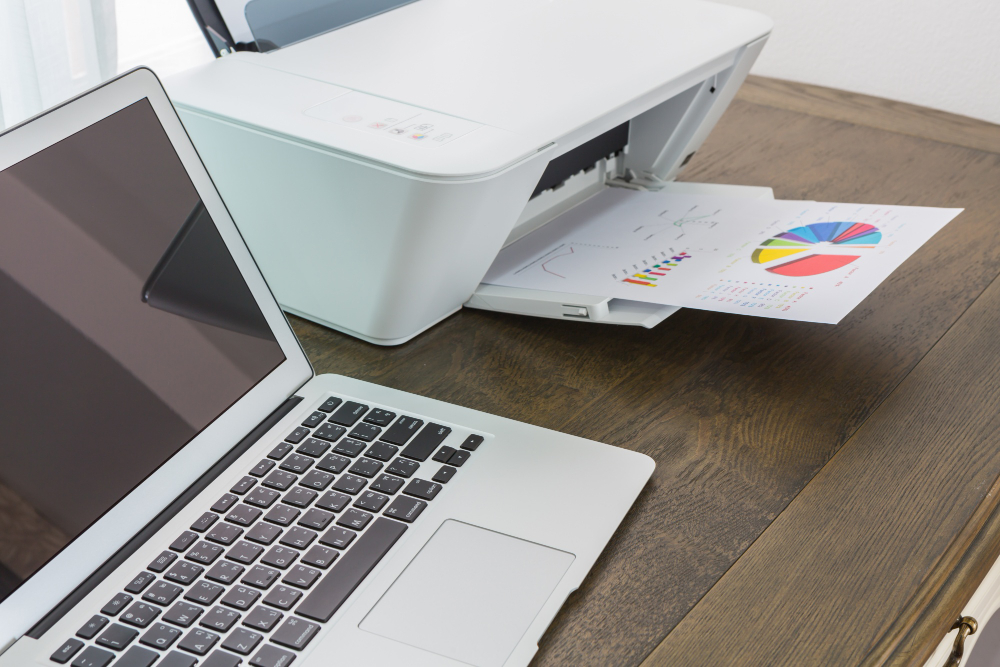
2. Check the Print Queue
A stuck print queue is a classic reason for a printer connected no output situation.
- Clear stuck print jobs:
- On Windows:
- Go to Start > Settings > Bluetooth & devices > Printers & scanners.
- Select your printer, then Open print queue.
- Click the ellipsis (…) and select Cancel all to clear pending jobs.
- On Mac:
- Go to System Settings > Printers & Scanners.
- Select your printer and click Open Print Queue.
- Cancel any jobs listed[6].
- Restart the print spooler (Windows):
- Search for “services” in the taskbar and open Services.
- Find Print Spooler, right-click, and select Restart.
Clearing the queue and restarting the spooler often resolves print job stuck issues.
3. Default Printer Not Set
If you have multiple printers installed, your computer might be sending jobs to the wrong device.
- Set the correct printer as default:
- Windows:
- Go to Start > Settings > Bluetooth & devices > Printers & scanners.
- Select your printer, then click Set as default.
- If you don’t see this option, turn off “Let Windows manage my default printer” first.
- Mac:
- Go to System Settings > Printers & Scanners.
- Right-click your printer and select Set as Default Printer.
Always double-check which printer is set as default before printing, especially if you’ve recently added or changed devices.
4. Restart Devices
A simple restart can refresh connections and clear temporary glitches.
- Restart your printer:
Turn it off, unplug it for 30 seconds, then plug it back in and power on. - Restart your computer:
This can help clear stuck print jobs and re-establish communication with the printer.
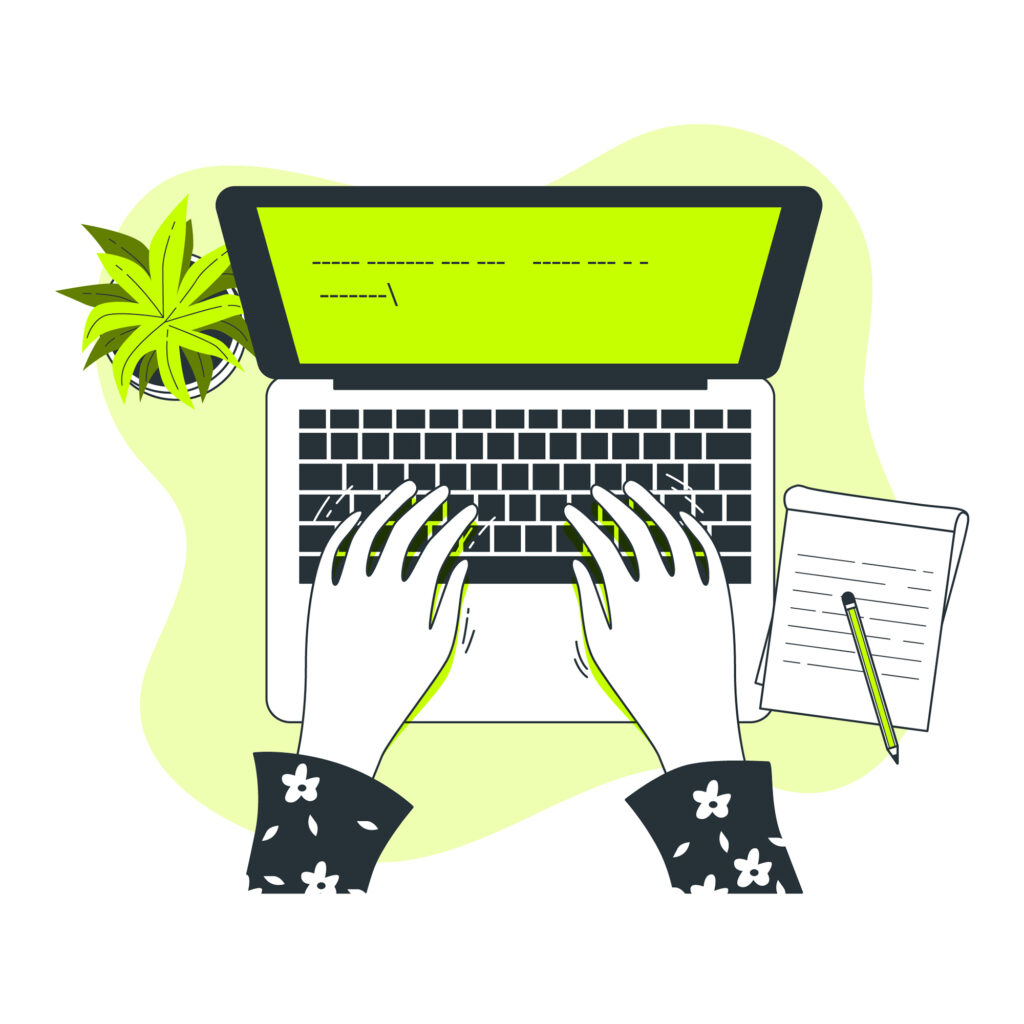
5. Driver Issues
Outdated or corrupted drivers are a frequent reason for the printer not printing, even when connected.
- Update or reinstall drivers:
- Windows:
- Open Device Manager > Printers.
- Right-click your printer and select Update driver.
- Or, uninstall the printer and reinstall it using the latest drivers from the manufacturer’s website[1][2][4][7].
- Mac:
- Go to System Settings > Printers & Scanners.
- Remove and re-add the printer.
- Download the latest driver from your printer brand’s website if prompted.
- Why update?
New drivers fix bugs, add features, and ensure compatibility with recent OS updates. Outdated drivers can cause printer connected no output problems.
6. Compatibility Issues
Sometimes, the issue lies in how your computer and printer “talk” to each other.
- Windows vs. Mac differences:
Some printers require different drivers or settings for each OS. Double-check you’ve installed the correct software for your system. - Print format errors:
Certain file types (like complex PDFs or images) may not print correctly if the printer firmware or driver is outdated. Try printing a simple text document to test. If that works, update your printer’s firmware or try converting the file to another format.
7. Wireless Printing Problems
Wireless printers are convenient-but also prone to unique issues.
- Router issues:
If your printer loses connection, restart your router and printer. Ensure both are on the same WiFi network. - Print from another device:
Try printing from a phone or another computer. If it works, the issue may be with your original device’s settings. - Signal strength:
Weak WiFi can cause intermittent problems. Move the printer closer to the router if possible. - Assign a static IP:
For recurring wireless issues, set a static IP address for your printer in your router’s settings. This prevents the printer from “disappearing” after network changes.
8. Printer Settings & Maintenance

Sometimes, internal settings or maintenance issues can block printing.
- Run printer diagnostics:
Most printers offer a self-test or diagnostics option in their control panel or via their software. This can identify hardware or ink issues. - Reset to factory defaults:
If all else fails, reset your printer to its original settings (check your manual for instructions). Then, reconnect it to your network and reinstall on your computer. - Firmware updates:
Visit your printer manufacturer’s website to check for firmware updates, which can resolve bugs and improve performance.
Preventive Tips
- Keep firmware and drivers updated:
Regular updates prevent many compatibility and performance issues. - Use compatible cartridges:
Avoid third-party ink or toner unless it’s certified for your printer, as incompatible supplies can cause errors or poor print quality. - Perform regular maintenance:
Clean print heads, run diagnostic tools, and check for paper or debris inside the printer to keep it running smoothly.
FAQs
Why does my printer say it’s online but won’t print?
This usually means there’s a communication issue, a stuck print job, or the wrong printer is set as default. Clear the print queue, restart devices, and check your connection.
Why is the print job stuck in the queue?
A failed or incomplete print job can block the queue. Cancel all jobs, restart the print spooler (on Windows), and try printing again.
Can outdated drivers cause printing issues?
Absolutely. Outdated or corrupted drivers can prevent your printer from receiving jobs or cause errors. Always keep drivers up to date for best results.
Conclusion
When your printer is connected but not printing, it’s easy to feel stuck. But most of the time, the fix is simple: check the basics, clear the print queue, set the right default printer, restart your devices, and update your drivers. Wireless and compatibility issues are common, but with a little patience, you can troubleshoot and get back to printing in no time. If you’re still having trouble after these steps, don’t hesitate to reach out to your printer manufacturer’s support or explore our other troubleshooting guides. Bookmark this page for future reference-and happy printing!
Why Is My Printer Offline? 7 Easy Fixes for Windows Learn More.
How to Connect a Printer to WiFi: Simple Steps for All Learn More.

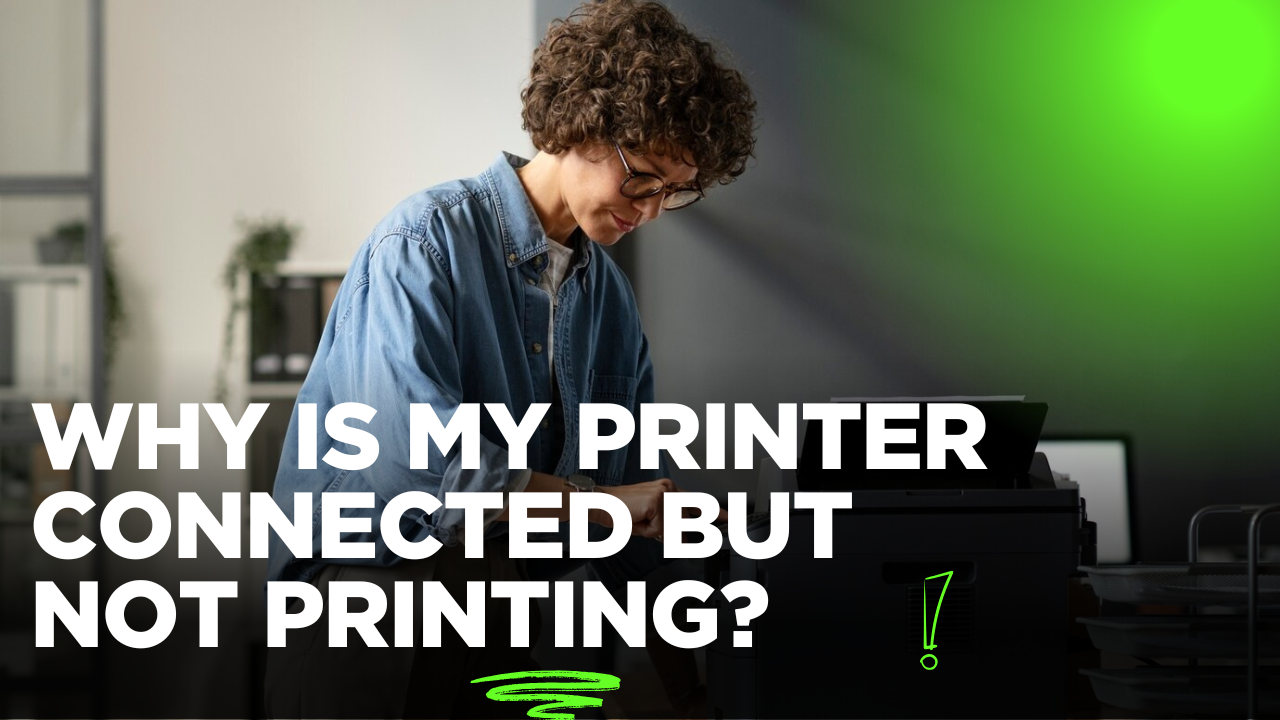
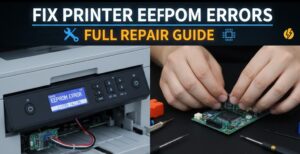
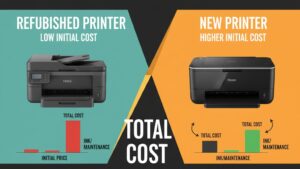

Recent Comments